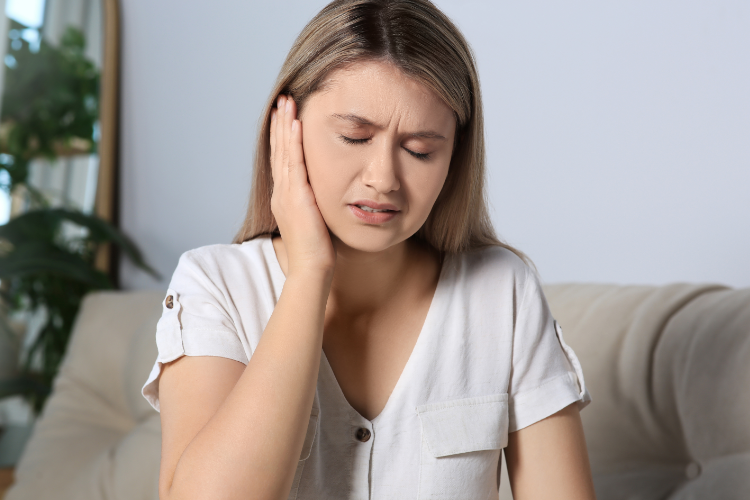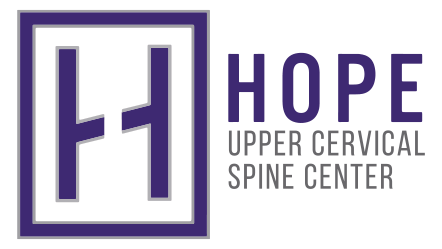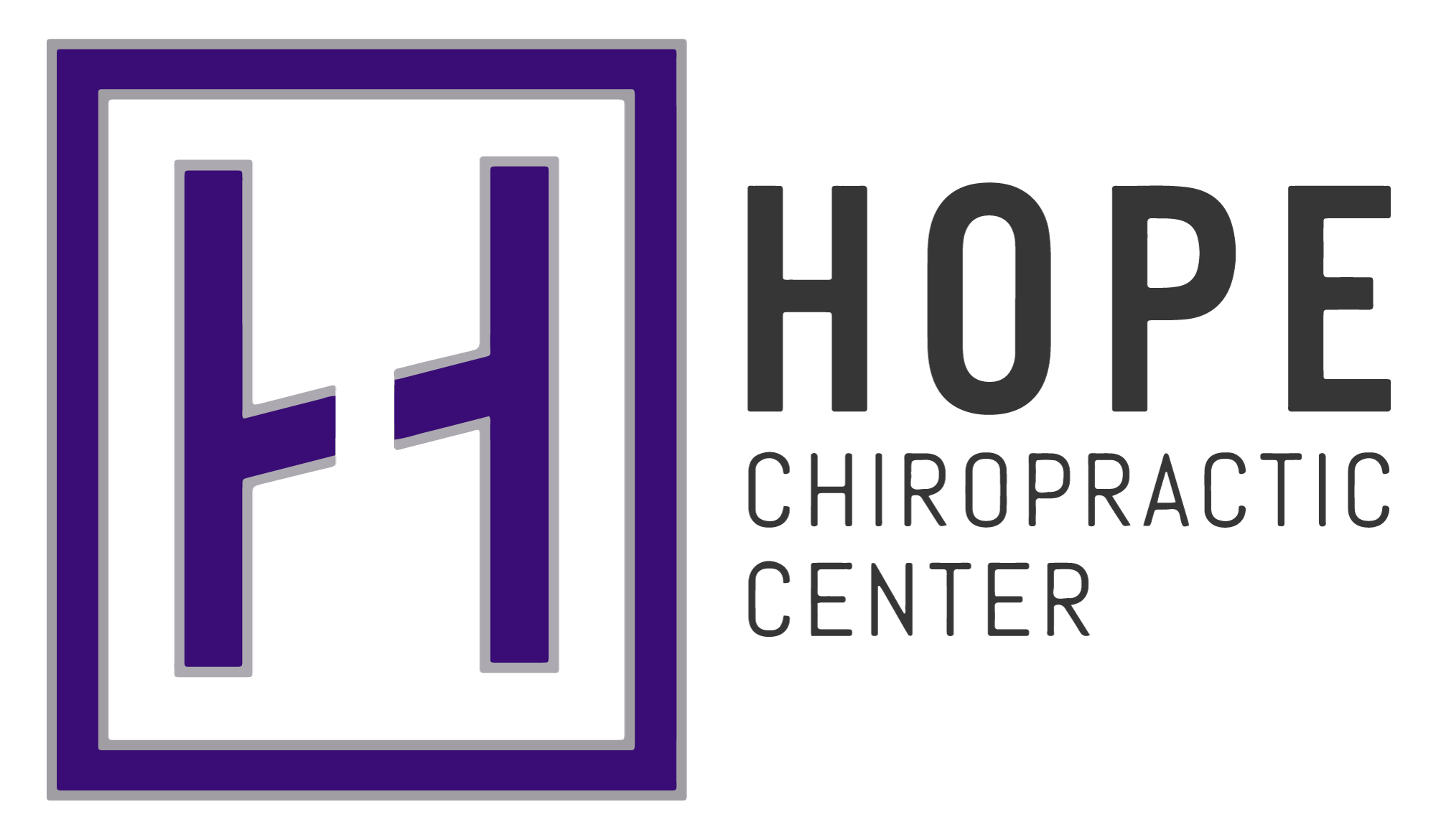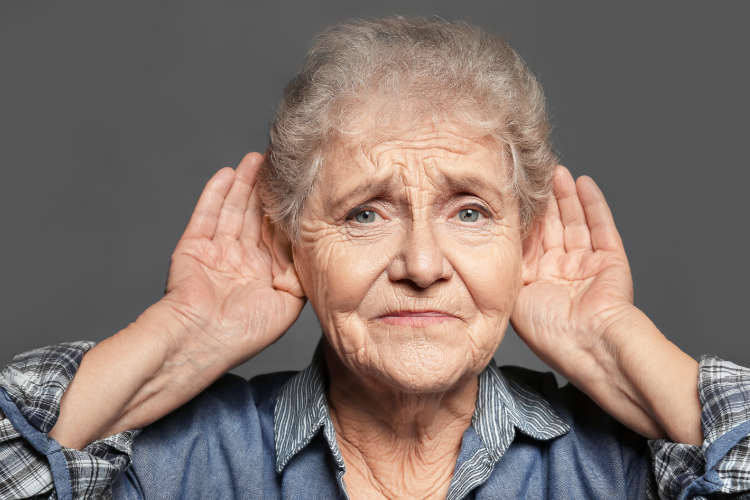
For those grappling with the unpredictable nature of Meniere’s disease—marked by vertigo, hearing loss, ear pressure, and tinnitus—relief can often feel elusive. Traditional approaches typically aim to manage the symptoms, but an emerging, holistic avenue is gaining attention for its potential to get to the root of the issue: upper cervical chiropractic care.
By focusing on the alignment and function of the spine, particularly where the neck meets the base of the skull, upper cervical care may help restore balance—literally and neurologically—for those navigating this complex condition.
What Drives Meniere’s Disease? A Look at the Underlying Mechanics
Meniere’s is believed to involve an abnormal accumulation of fluid in the inner ear (endolymphatic hydrops), which can interfere with signals between the ear and brain. However, that fluid imbalance doesn’t always arise in a vacuum. Researchers and clinicians alike are exploring contributing factors such as:
- Poor cerebrospinal fluid (CSF) drainage
- Restricted blood flow to the brain and inner ear
- Miscommunications between the vestibular system and central nervous system
- Previous neck trauma or whiplash injuries
The upper cervical region of the spine (C1 and C2 vertebrae) is intricately connected to the brainstem and cranial nerves—structures that help regulate balance, inner ear pressure, and nerve signaling. Misalignments in this region may influence how the brain interprets sensory input from the ear, potentially leading to the disorienting and frustrating symptoms of Meniere’s.
How Upper Cervical Chiropractic Approaches the Condition Differently
Conventional chiropractic care often involves full-spine adjustments. In contrast, upper cervical chiropractic uses advanced imaging and biomechanics to locate extremely precise misalignments in the atlas (C1) and axis (C2) vertebrae. These adjustments are:
- Gentle and specific – No cracking or popping involved
- Customized – Based on digital x-rays or thermographic scans
- Non-invasive – Focused on allowing the body to restore alignment naturally
Realigning these vertebrae may reduce pressure on the brainstem and allow better communication between the brain and vestibular system—thereby addressing the neurological roots of dizziness, nausea, and hearing irregularities associated with Meniere’s.
What the Evidence and Experience Suggest

While large-scale clinical trials are still ongoing, a growing body of case studies and patient reports supports the role of upper cervical adjustments in Meniere’s management. These include improvements in:
- Reduced vertigo episodes
- Lower incidence of tinnitus
- Improved hearing stability
- Decreased head and neck tension
Notably, patients with a history of neck injuries—especially those from car accidents or sports—tend to report higher levels of symptom improvement, suggesting a possible link between physical trauma and vestibular dysfunction.
Beyond the Adjustment: Supporting Your Healing Holistically
Upper cervical chiropractic is not a silver bullet. However, when integrated into a larger care plan, it can complement other wellness strategies such as:
- Dietary adjustments to reduce sodium and manage fluid retention
- Mindfulness and stress reduction to lower sympathetic nervous system activity
- Vestibular rehabilitation therapy to retrain balance pathways
- Hydration and sleep hygiene to promote inner ear equilibrium
What sets upper cervical care apart is that it empowers the body’s own healing systems. When neurological interference is reduced, even subtle improvements in brainstem regulation may have ripple effects across your vestibular system and auditory health.
Personalized Support in the Heart of Texas
At Hope Chiropractic, we specialize in restoring balance to the nervous system through customized upper cervical care. Our patients from Keller, Southlake, Grapevine, Colleyville, Westlake, and Trophy Club often arrive searching for answers beyond medications and invasive interventions.
Many find that addressing spinal alignment gives them a new foundation from which to heal—naturally and sustainably.
If you or a loved one is navigating Meniere’s disease, consider whether your spine may be playing a larger role than you think.
Medical Disclaimer
This blog is for informational purposes only and should not be interpreted as medical advice. Always consult with a licensed healthcare provider before beginning or changing any treatment protocol, including chiropractic care. Outcomes may vary from patient to patient.



